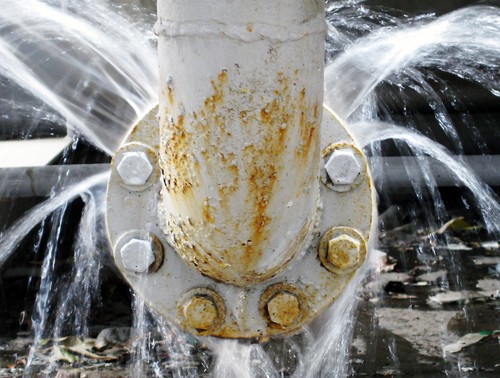Over the lifespan of a shell and tube heat exchanger, the tubes endure significant stress from rapidly flowing liquids. This natural wear and tear is compounded by factors like maldistribution or sediment buildup, increasing the potential for damage. While investing in high-quality materials like stainless steel can extend the life of a heat exchanger, wear is inevitable. Eventually, parts will need replacing or, in some cases, the entire unit may require an upgrade. It’s essential to monitor the health of your equipment proactively, rather than waiting for a failure that could disrupt production and harm profitability.
Leak Detection: Key to Preventing Major Failures
Regular leak detection is one of the most effective ways to ensure the health of your shell and tube heat exchanger. Leaks can cause cross-contamination, fouling, equipment damage, or even product recalls. Detecting leaks early helps maintain smooth operations and prevents costly downtime. Fortunately, several modern techniques allow leak detection without disrupting production.
1. Radiotracers
Radiotracers are a highly effective method for detecting leaks while the exchanger remains online. A small amount of radioisotope is injected into the high-pressure side of the exchanger, and detectors monitor its flow to identify any leaks into the low-pressure side. With only 10 to 17 grams of radioisotope needed, this method minimally impacts the exchanger’s processes.
2. Conductivity and pH Monitoring
Conductivity and pH measurements help detect leaks by identifying changes in electric current-carrying capacity and acidity or basicity within the exchanger. Sensors on the low-pressure side can signal when an undesired substance has crossed over. However, accuracy may be limited when processing fluids like organic materials and water, which have similar levels of conductivity and pH.
3. Helium Testing
Helium is ideal for detecting leaks when the exchanger is offline. Helium gas is pumped into the shell side at high pressure, and a mass spectrometer detects the gas if it escapes through cracks. This method’s high sensitivity makes it effective for pinpointing even small leaks.
4. Acoustic Testing
Leaks emit a distinct sound that can be captured by microphones. Acoustic testing measures the sound’s pitch and frequency to identify the leak’s location. This method is quick, allowing inspections in as little as 9 seconds per tube, but it should be performed offline to avoid interference from operational noise.
5. Dye Penetration
Dye penetration is a simple and cost-effective method for detecting small leaks. A low-viscosity fluid is applied to the suspected area, and if a crack is present, the dye will seep through, highlighting the defect. However, this method requires downtime to perform.
6. Chemical Reactions
Certain gases, such as ammonia, react visibly with specific chemicals. For example, when ammonia leaks, introducing hydrochloric acid produces ammonium chloride gas, which is visible as white plumes. This method is effective but requires caution to avoid unwanted reactions with other substances.
Proactive Maintenance for Long-Term Performance
Detecting leaks early is crucial for extending the life of a shell and tube heat exchanger. Regular inspections using one or more of these methods can prevent major breakdowns and costly downtime.
If your heat exchanger needs repairs or replacement, it’s important to consult experts who can provide the best solution for your operation. At Enerquip, our team of experienced engineers will work closely with you to design and deliver custom heat exchangers tailored to your needs. Contact us today.
More from the Enerquip Blog
- Shell and Tube Heat Exchangers: A Guide to Industry Standards
- Closed-Loop Process Cooling Reduces Water, Energy Use in Pharmaceutical Manufacturing
- Selecting Tube Sizing in a Shell and Tube Heat Exchanger
- Honey Warming Prevents Crystallization
- How to Determine Which Impingement Protection Method is Best
- 5 Ways Shell & Tube Heat Exchangers Help Recover Waste Heat

